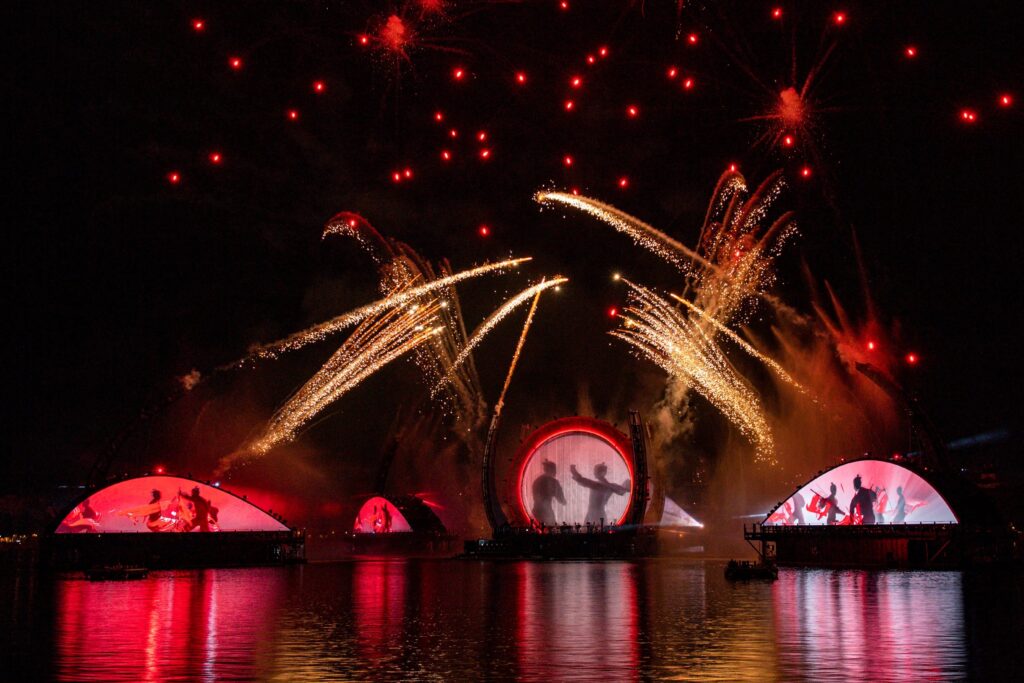I was at a performance this past summer of hit Broadway tunes. Unsurprisingly, there was an entire segment solely devoted to Disney musicals. It made me realize how much cultural capital this one organization holds, if not in most of the world, at least in the US.
This was reinforced as I experienced the new Harmonious and Enchantment shows at Walt Disney World for the resort’s 50th anniversary. Each show relies heavily on the canon of Disney music that is recognized and enjoyed by so many around the world. People have strong emotional bonds to the music and the stories that they represent – as humans we are drawn to both story and music.
As an industry, we have a responsibility to tell a wide range of stories to audiences, so that more guests can find themselves reflected in what they see and hear. In addition to being the right thing to do, widening an audience base is also smart business sense. In the case of Harmonious, I think it is particularly wise for Disney to present songs in the language of the culture presented in the story. “Arabian Nights” from Aladdin is sung in Arabic; “Reflection” from Mulan is presented in Mandarin, etc.
Even parks, attractions and museums that aren’t tied to multi- billion dollar media empires are still culturally relevant and meaningful to people. The audience might be smaller, but no less important. Those stories still have the power to inspire, comfort and also offend.
As we are the creators of worlds, environments and stories that hold so much value in our culture, we must all work hard to reflect the breadth of experiences represented by our audiences.
As you reflect on your own park, venue or project, consider which narratives might be missing. Seek out voices that can help tell those stories and engage with audiences on a whole new level.

